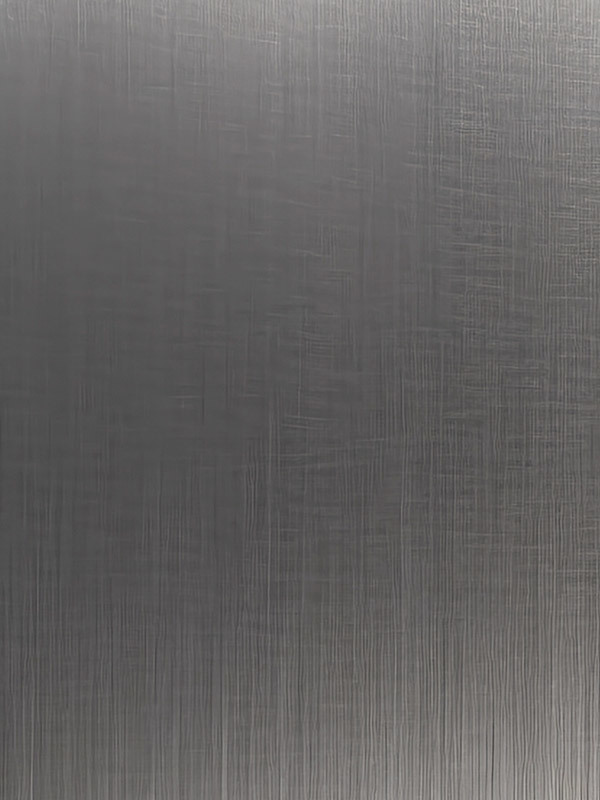In laboratories and industrial environments, chemical splashes, corrosion, and bacterial contamination are common challenges. To meet these challenges, scientists and engineers have been looking for a material that is both durable and resistant to chemical corrosion. Chemical Resistant Board came into being and became an ideal choice for these fields.
As time goes by, chemical resistant board continues to improve and its performance has been significantly improved. Today, chemical resistant board has become one of the indispensable materials in laboratories and industries. It can not only resist the corrosion of various chemical reagents, but also has many excellent properties such as inhibiting bacterial growth, scratch resistance, high temperature resistance, radiation resistance, and impact resistance.
The unique structure of chemical resistant board is the basis of its excellent performance. It is usually composed of multiple layers of special materials, including chemical film, surface paper, color paper, and special kraft paper. These materials are pressed under high temperature and pressure to form a strong, durable and chemically resistant composite board.
The surface of chemical resistant board is covered with a chemical film, which has a strong ability to resist corrosion from acids, alkalis, and other solvents. At the same time, its surface paper and color paper not only give CRB a beautiful appearance, but also further enhance its anti-fouling and scratch resistance. The special kraft paper as the core material provides the strength and stability required by chemical resistant board.
In addition to the above basic properties, chemical resistant board also has many other properties. For example, it can inhibit the growth of many common bacteria, such as Staphylococcus, Streptococcus, Escherichia coli, etc., which is particularly important for laboratories and medical environments. Chemical resistant board is also easy to clean and maintain, and its tight and impermeable surface makes it difficult for dust to adhere, which greatly reduces the difficulty of cleaning.
Because chemical resistant board has so many properties, it has been widely used in laboratories and industrial fields. In laboratories, chemical resistant board is often used as the surface material of equipment such as laboratory bench tops, reagent racks, and fume hoods. It can effectively resist the corrosion of various chemical reagents, protect the safety of experimenters and the integrity of experimental equipment.
In the industrial field, chemical resistant board also plays an important role. For example, in the chemical, pharmaceutical, and electronic industries, CRB is often used as a material for work surfaces, equipment housings, and other parts on production lines. It can withstand various harsh working environments, such as high temperature, high pressure, and chemical corrosion, thereby ensuring the smooth progress of the production process.
With the continuous advancement of science and technology and the continuous improvement of people's requirements for material performance, CRB is also constantly developing and innovating. In the future, chemical resistant board is expected to achieve greater breakthroughs.

 English
English 中文简体
中文简体 русский
русский Español
Español

















